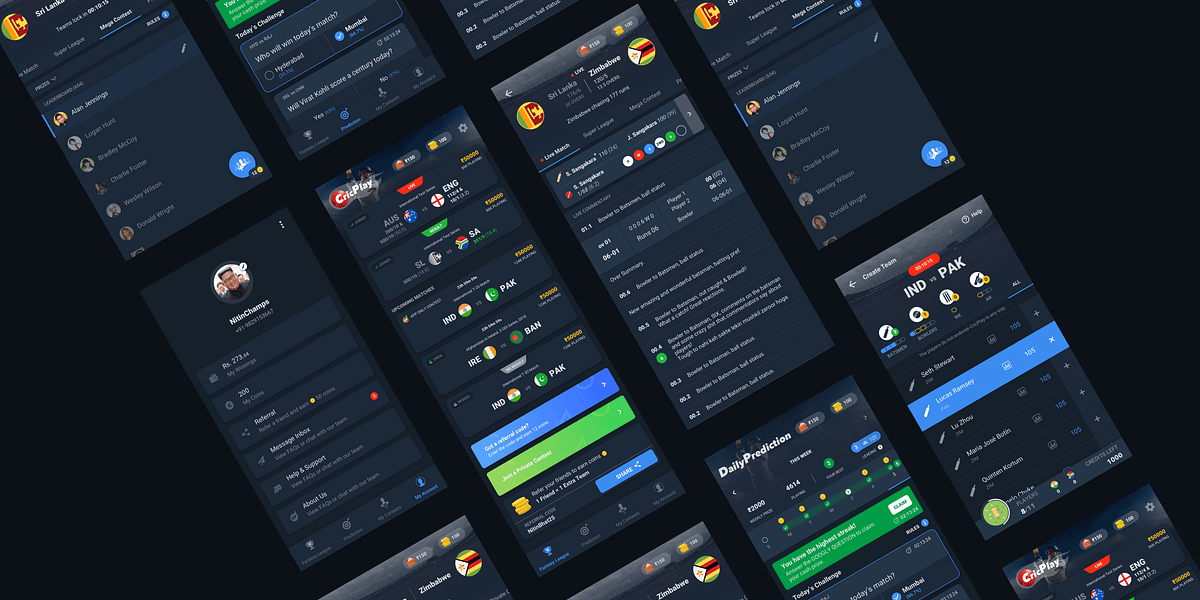In the ever-evolving digital landscape, web design has become more than just visually appealing layouts and trendy aesthetics. It has evolved into a discipline that prioritizes user-centricity, aiming to create digital experiences that not only attract but also delight users. User-centric web design focuses on understanding the needs, preferences, and behaviors of the target audience to craft websites that are intuitive, efficient, and enjoyable to navigate.
The first and most crucial step in user-centric web design is conducting thorough user research. By gathering insights through surveys, interviews, and usability testing, designers gain a deep understanding of the target audience’s goals and pain points. This knowledge guides them in creating a user-friendly interface that aligns with users’ expectations.
A well-structured information architecture and intuitive navigation are essential components of user-centric web design. Designers carefully organize content and features, making it easy for users to find what they need quickly. Implementing clear call-to-action buttons and reducing clutter ensures that users can achieve their goals with minimal effort.
Another vital aspect of user-centric design is responsive web design. With the proliferation of mobile devices, websites must adapt seamlessly to various screen sizes. Responsive design ensures that users have a consistent and optimized experience across desktops, tablets, and smartphones.
Microinteractions are small, subtle animations or visual feedback that enhance user engagement and create a delightful experience. They add personality to a website, making it feel more interactive and dynamic. Whether it’s a hover effect, a loading animation, or a button response, microinteractions engage users and keep them entertained.
Accessibility is an integral part of user-centric web design. Designers must ensure that their websites are inclusive and accessible to all users, including those with disabilities. Implementing features like alt text for images, proper heading structure, and keyboard navigation enhances accessibility and broadens the website’s reach.
User-centric web design goes beyond aesthetics; it considers performance as a crucial factor. Optimizing page load times and minimizing server requests contribute to a faster and more seamless experience for users. Slow-loading websites often lead to higher bounce rates, negatively impacting user satisfaction.
In conclusion, user-centric web design is the backbone of creating delightful digital experiences. By focusing on understanding user needs, streamlining navigation, employing responsive design, incorporating microinteractions, and prioritizing accessibility and performance, designers can craft websites that leave a lasting impression on users. As technology and user behavior continue to evolve, the essence of user-centric web design remains constant: creating websites that put the user first and provide seamless and delightful interactions.
Tags: appealing, including, microinteractions
